It's been 15 years since the first iPhone went on sale. Well, not here, because we had to wait a year for its successor to arrive in the form of the iPhone 3G. It is not entirely true that the iPhone was the first smartphone. It was the first smartphone that could be really intuitively controlled, but even those before it had a lot to offer. Like the Sony Ericsson P990i.
Even before an iPhone was introduced to the world, I was a fan of mobile technology and had a broader interest in mobile phones. Back then, Nokia ruled the world with Sony Ericsson in tow. It was Nokia that tried to promote the smart phones of the time as much as they could, and that's why they equipped them with the Symbian system, in which you could install applications expanding its functions, similar to what we know today. Only there was no centralized store.
However, Nokia still relied on button solutions and relatively small displays, which of course limited its use accordingly. Sony Ericsson took a different route. It offered P-series devices, which were certain communicators with a touch screen that you controlled with a stylus. Of course, there were no gestures here, if you lost or broke the stylus, you could actually use a toothpick or just your fingernail. It was about accuracy, but even the internet could be started on them. But these "smartphones" were literally giant. Their flip-up keyboard was also to blame, but it had to be dismantled. Sony Ericsson's solution then used the Symbian UIQ superstructure, where that epithet indicated touch support.
It could be interest you
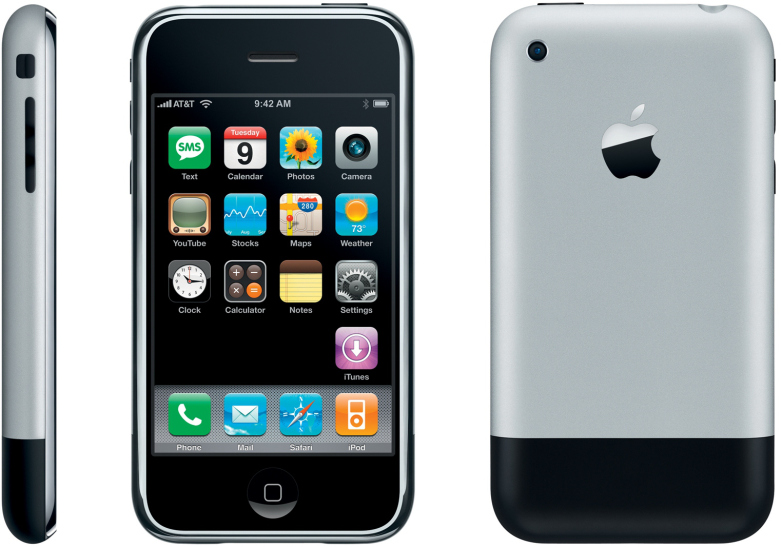
Where are Nokia and Sony Ericsson today?
Nokia is still trying its luck relatively unsuccessfully, Sony Ericsson no longer exists, only Sony is left, when Ericsson devotes itself to another field of technology. But why did these famous brands turn out the way they did? Using the operating system was one thing, not adapting to the design was another. That's also why Samsung, with its certain copying of appearance, shot to the position of the current number one.
It didn't matter how the iPhone was restricted/closed. You couldn't use its memory as external storage, which was possible with memory cards, you couldn't download music to it other than via iTunes, which other devices offered a simple file manager for, you couldn't even shoot videos, and its 2MP camera took terrible photos. It didn't even have automatic focus. Many phones were already able to do this on the front, which in addition often offered a dedicated two-position button for the camera, sometimes even an active lens cap. And yes, they also had a front-facing camera that only the iPhone 4 got.
It could be interest you

It all didn't matter. The iPhone charmed almost everyone, especially with its appearance. There was simply no such small device with so many possibilities, even if it was "just" a phone, a web browser and a music player. The iPhone 3G unlocked its full potential with the arrival of the App Store, and 15 years later, there's practically nothing here to beat this revolutionary step. Samsung and other Chinese manufacturers are trying their best with their jigsaws, but users haven't quite found their taste yet. Or at least not as it was right from the first generation iPhone.
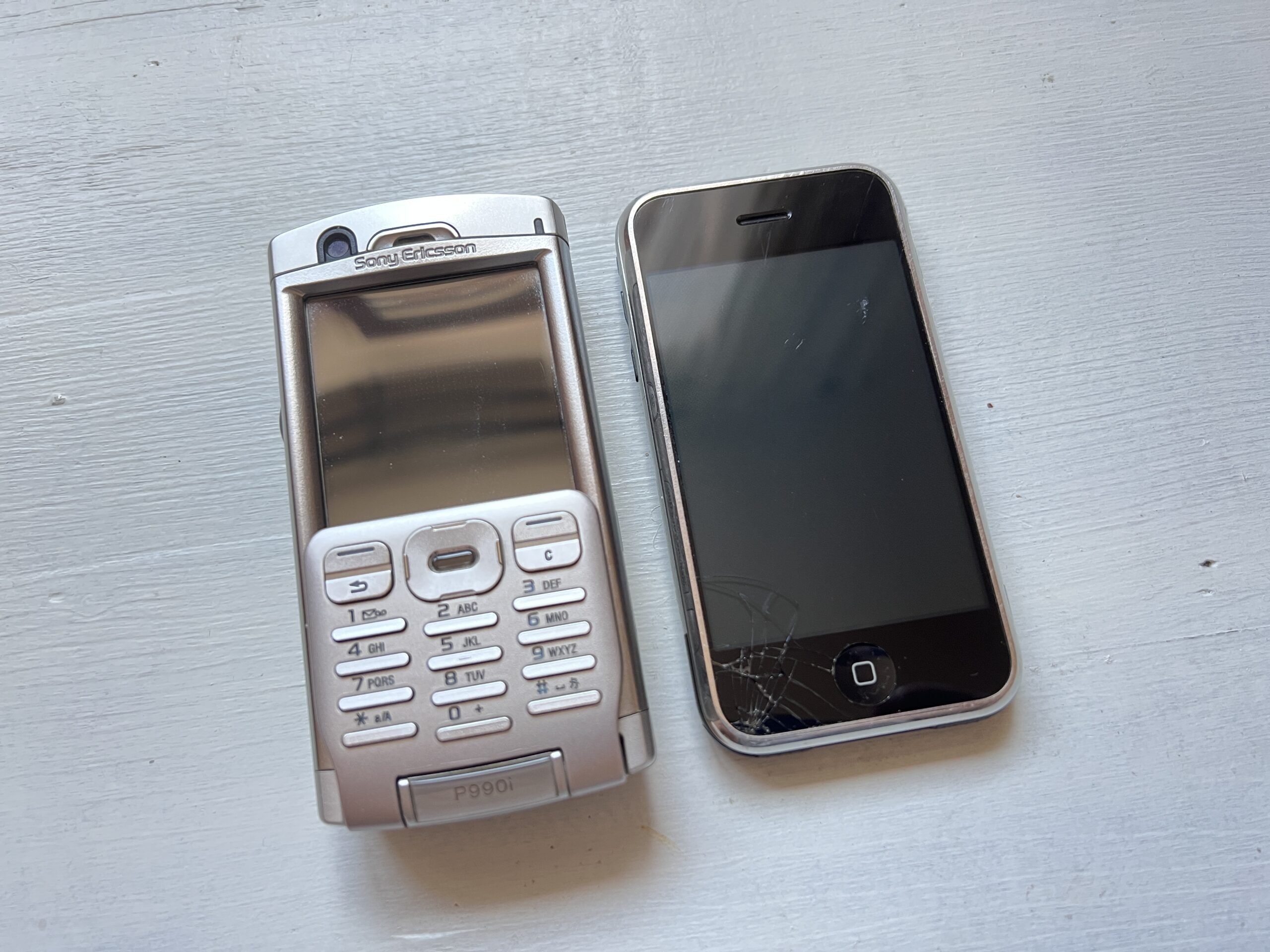
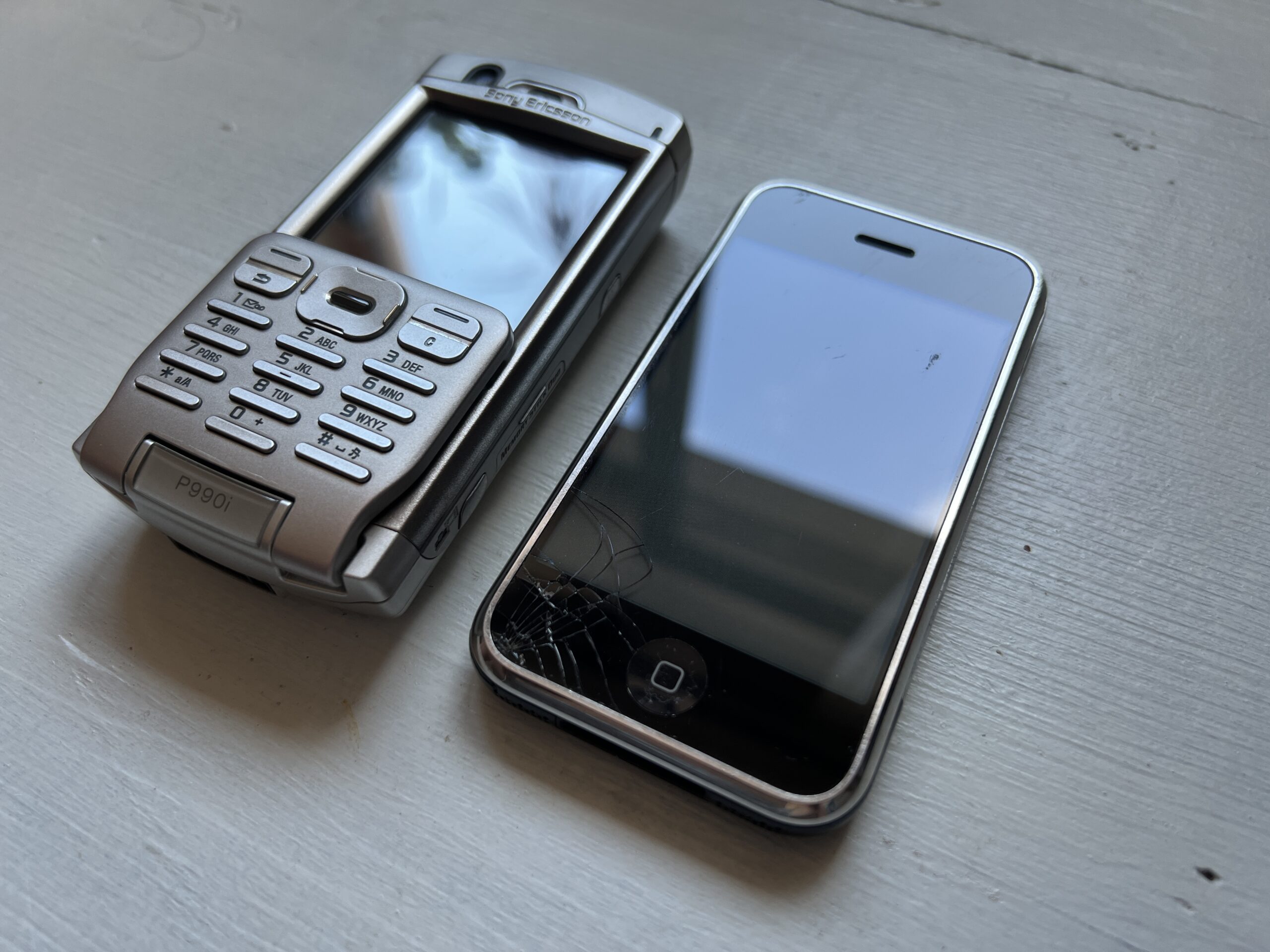
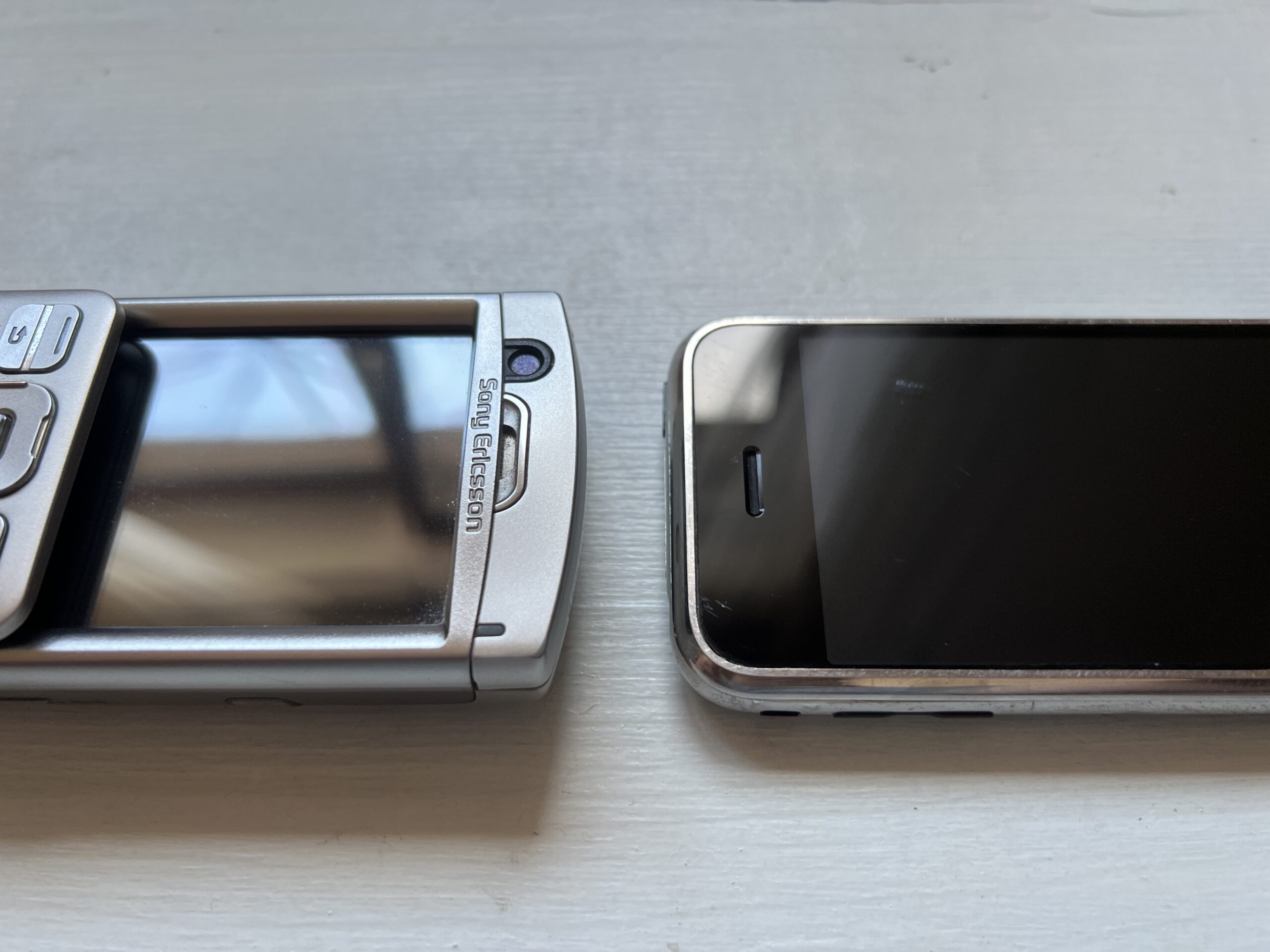

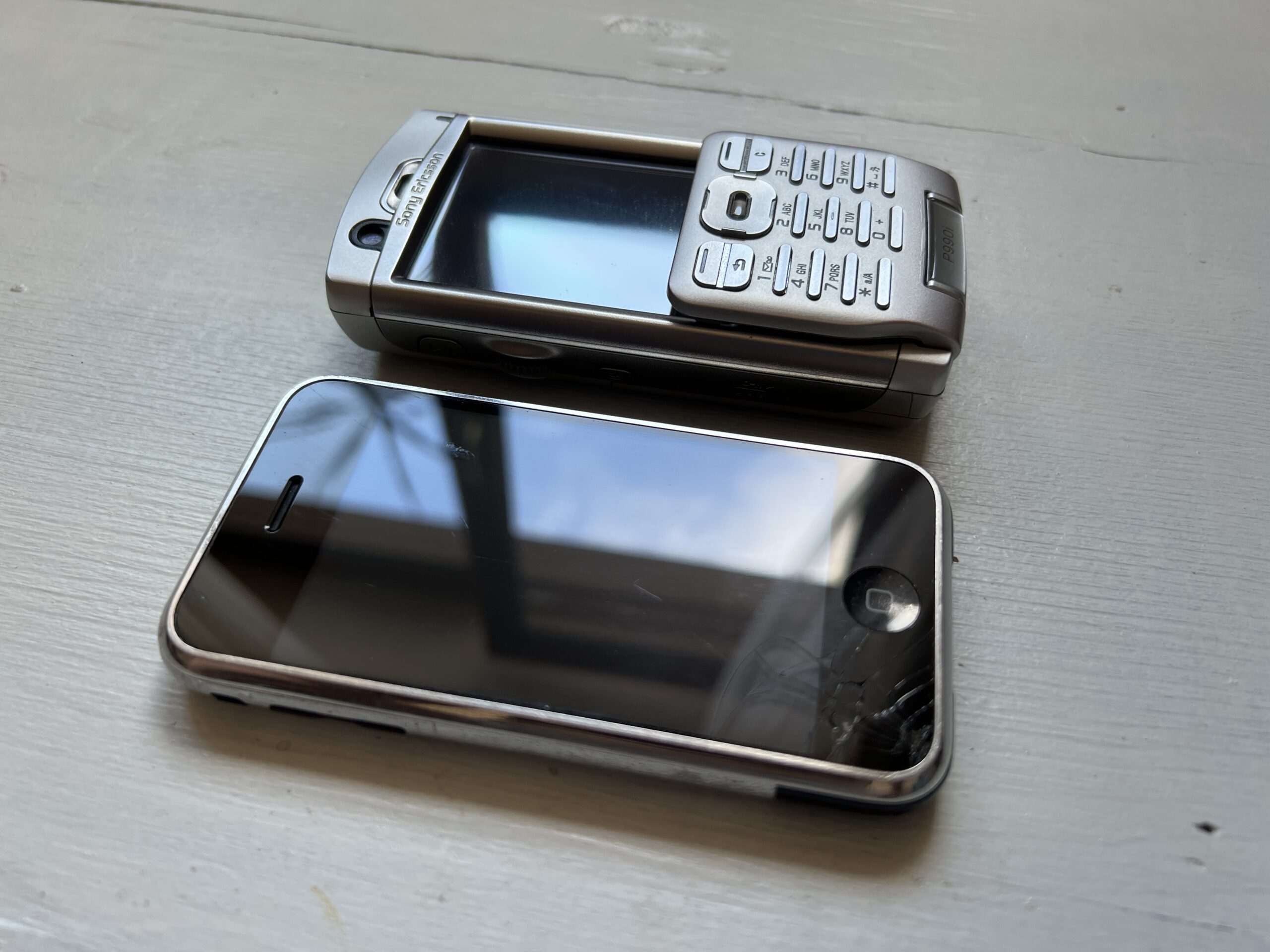
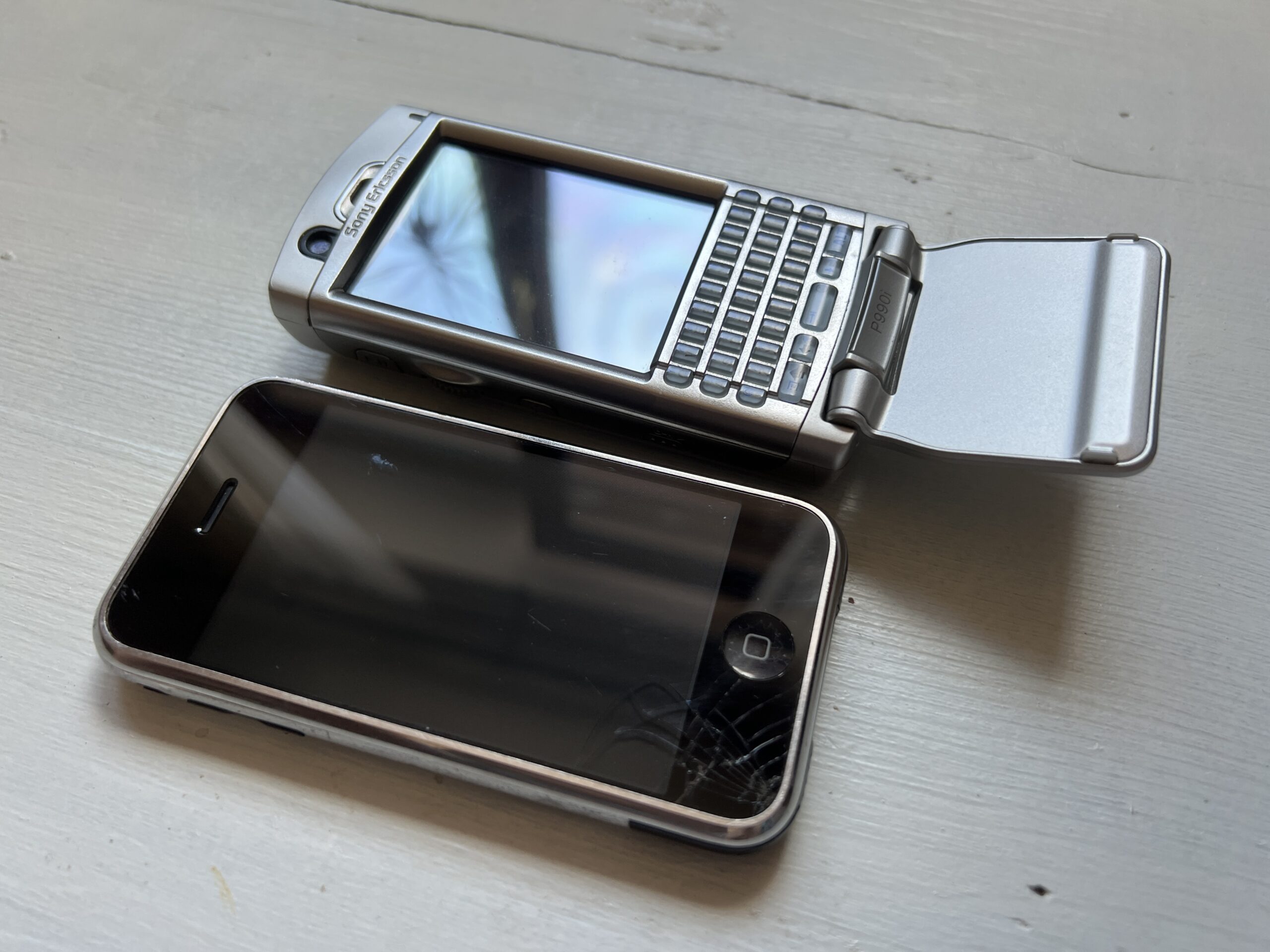

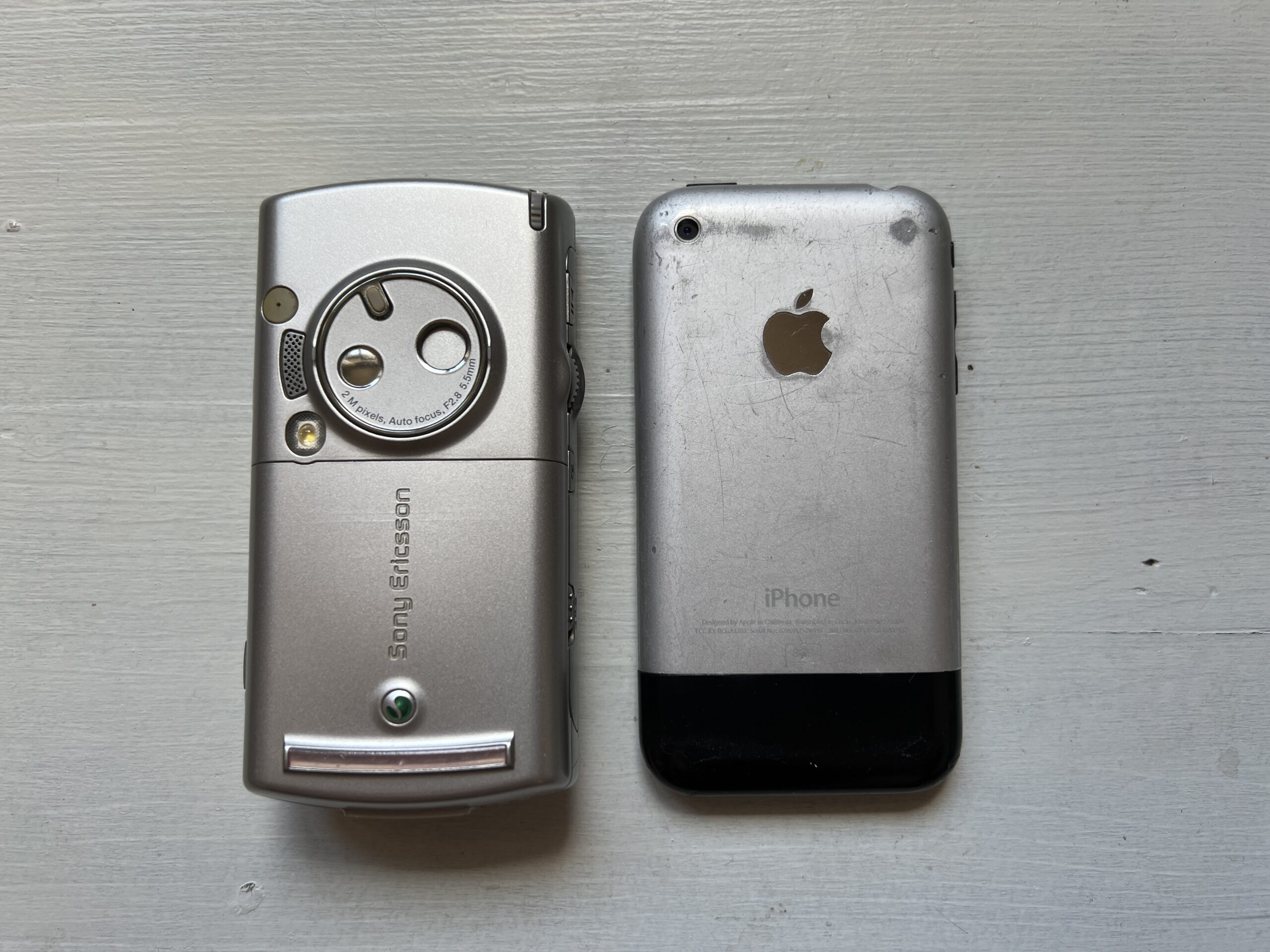

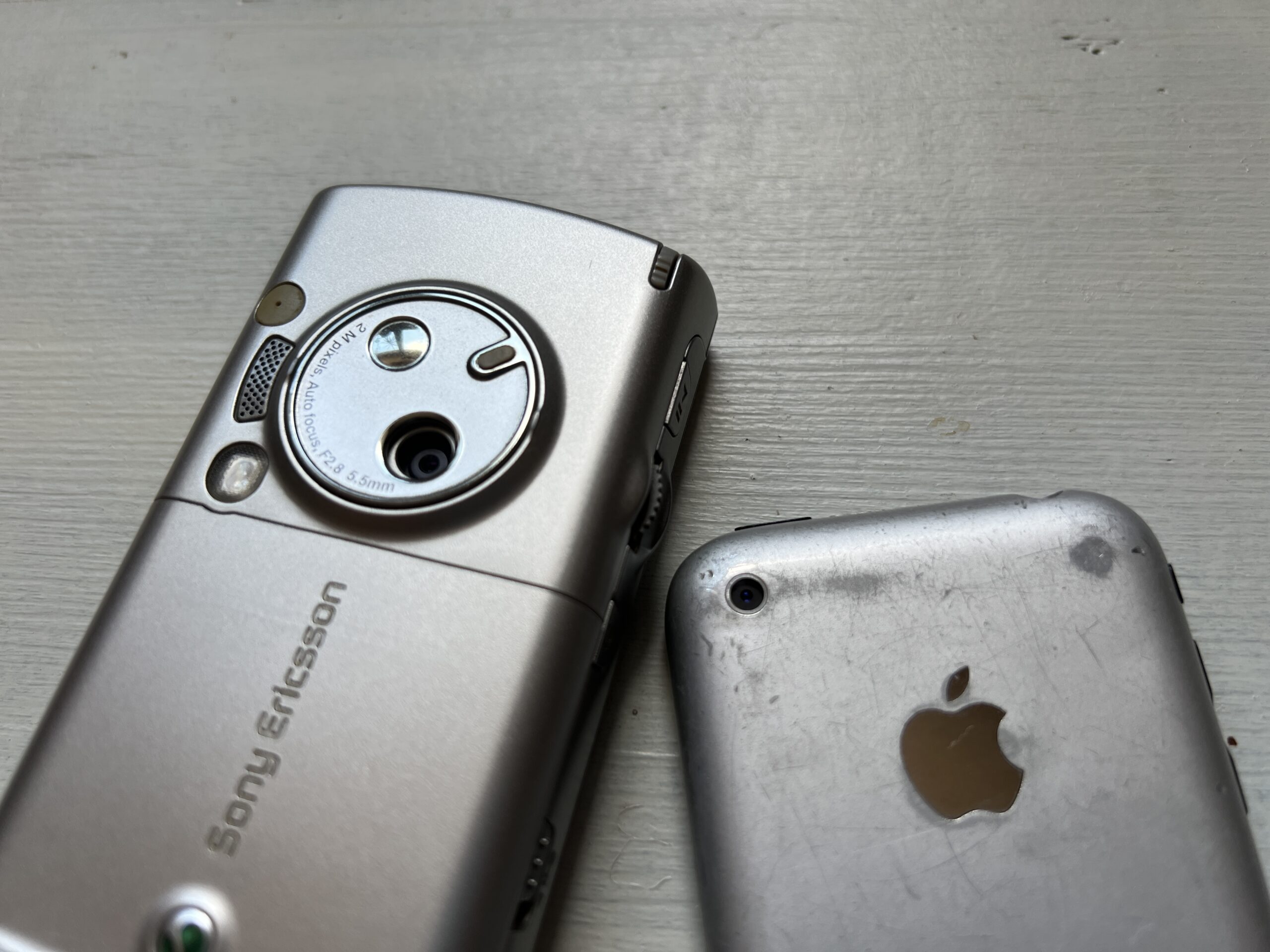
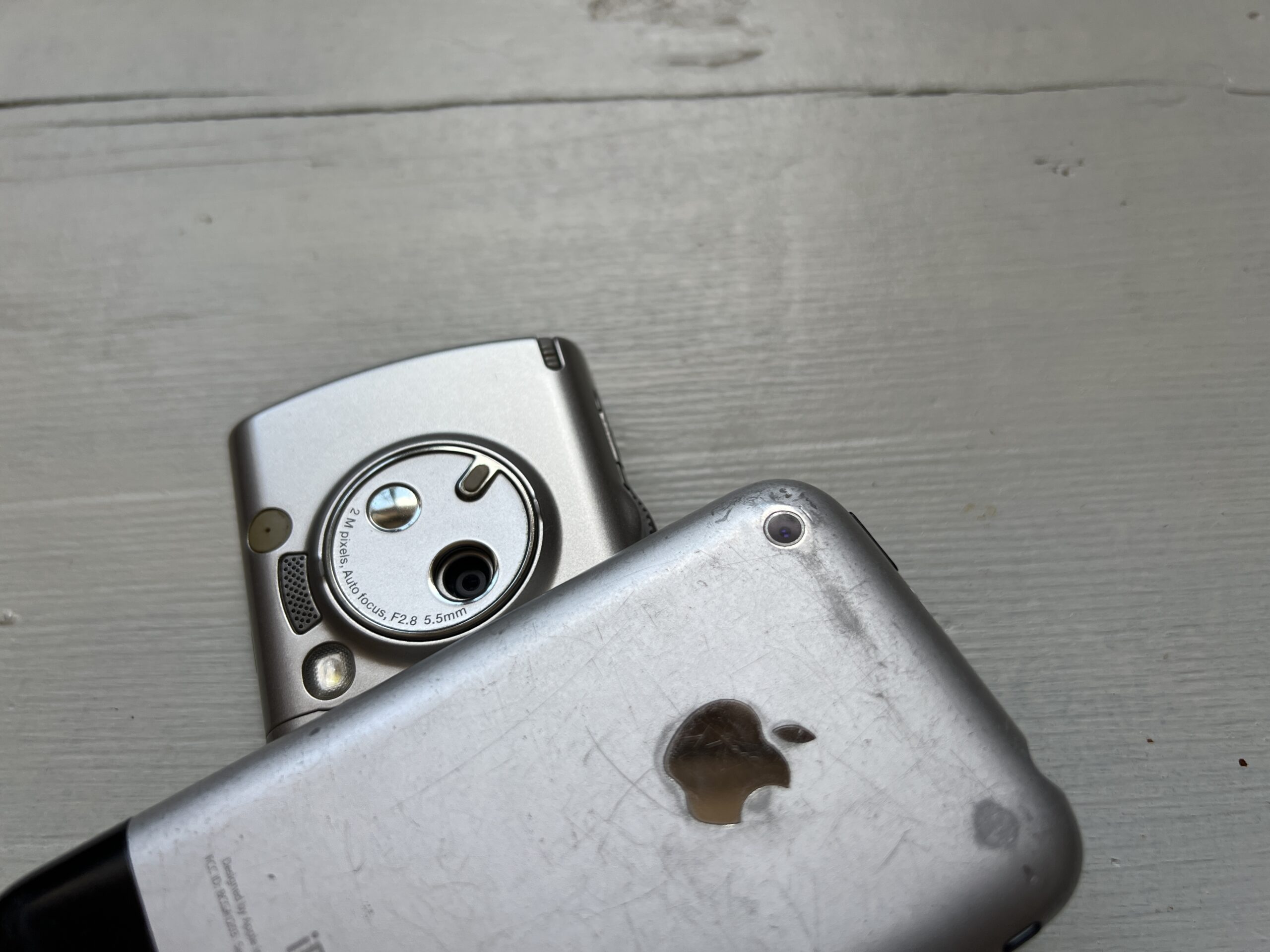

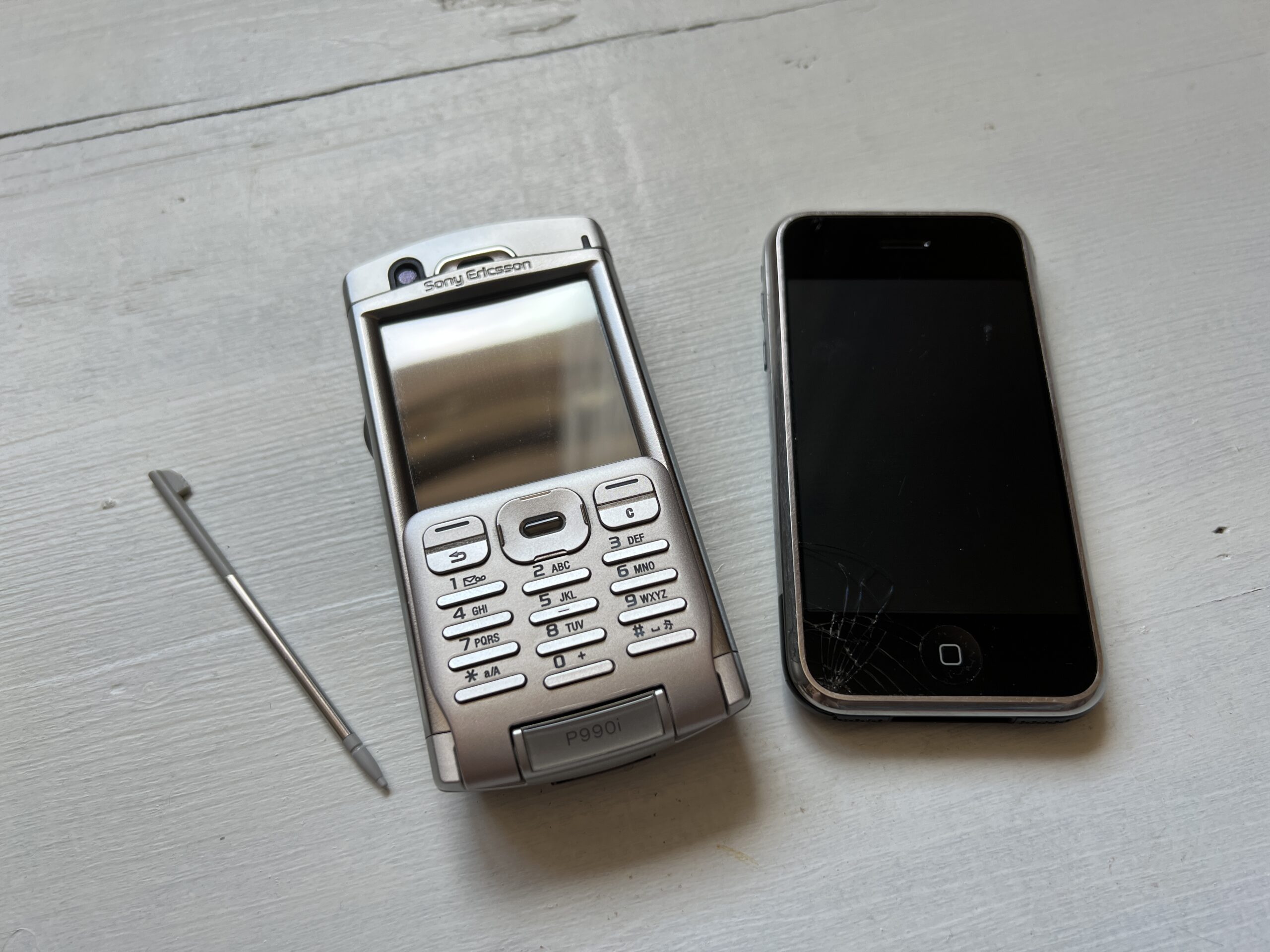
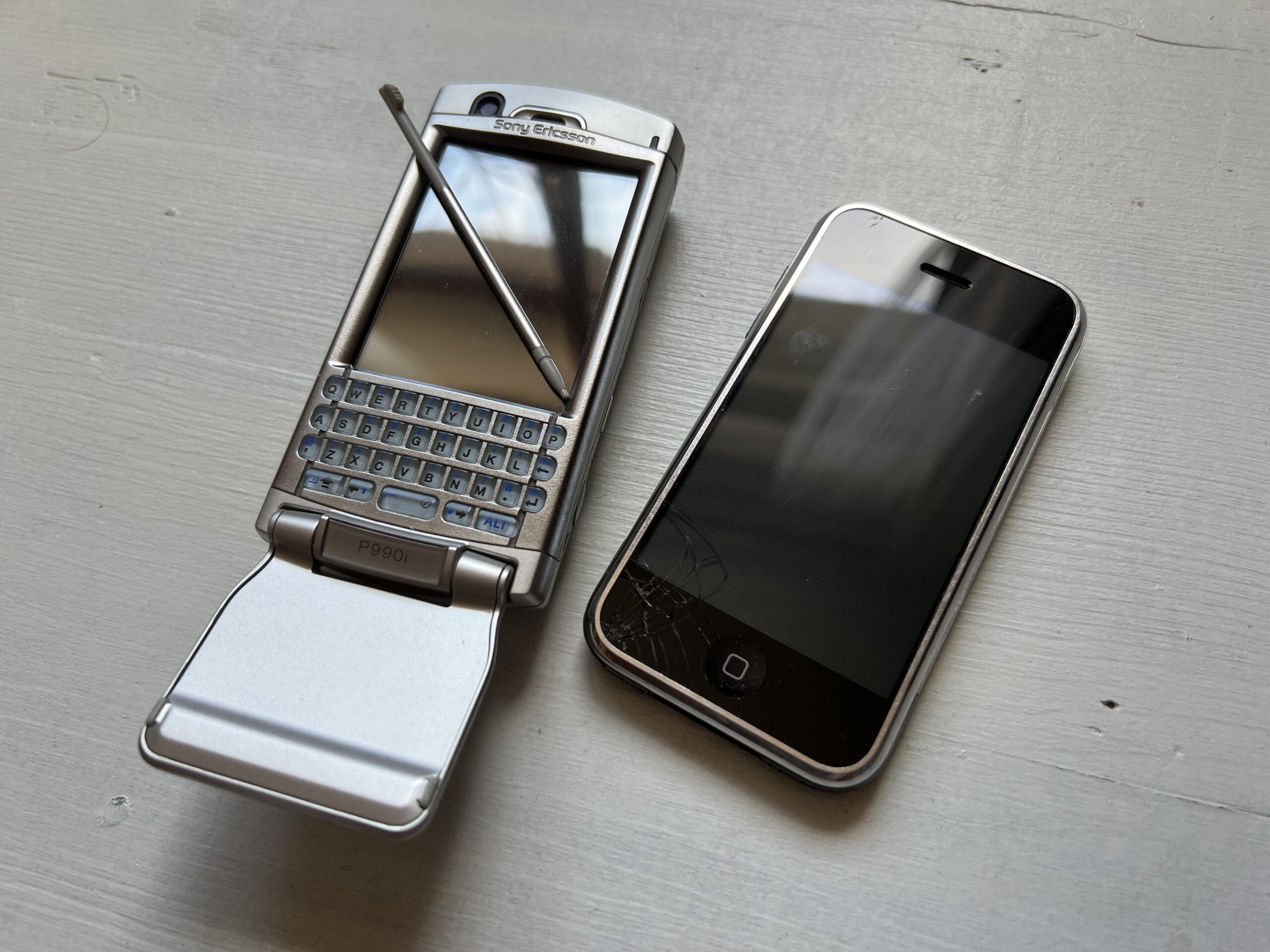
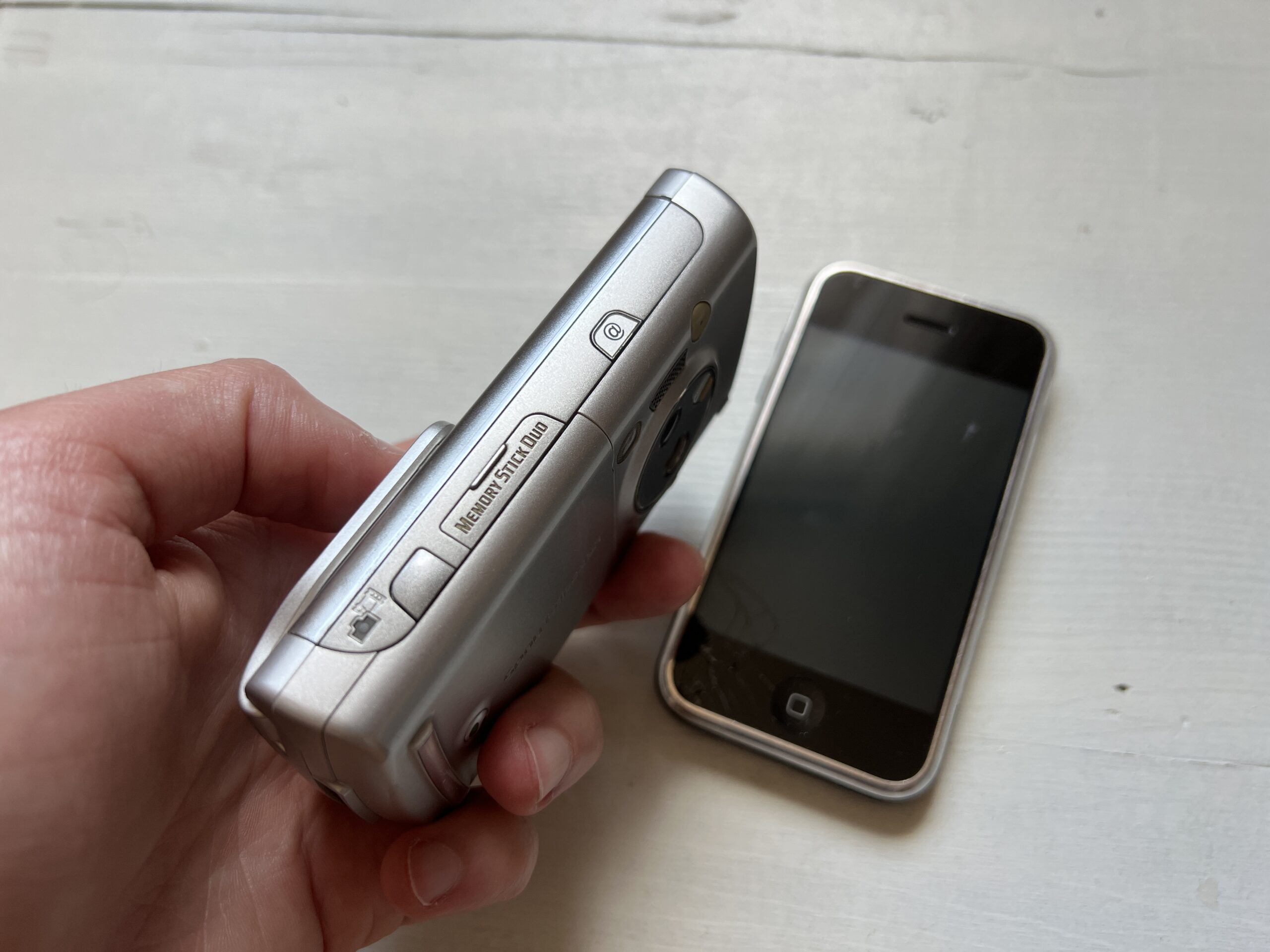
 Adam Kos
Adam Kos
That's all nonsense, Samsung is much better than Apple today and ONE UI is a perfect superstructure that can be controlled with one hand across the entire system, not iOS :D